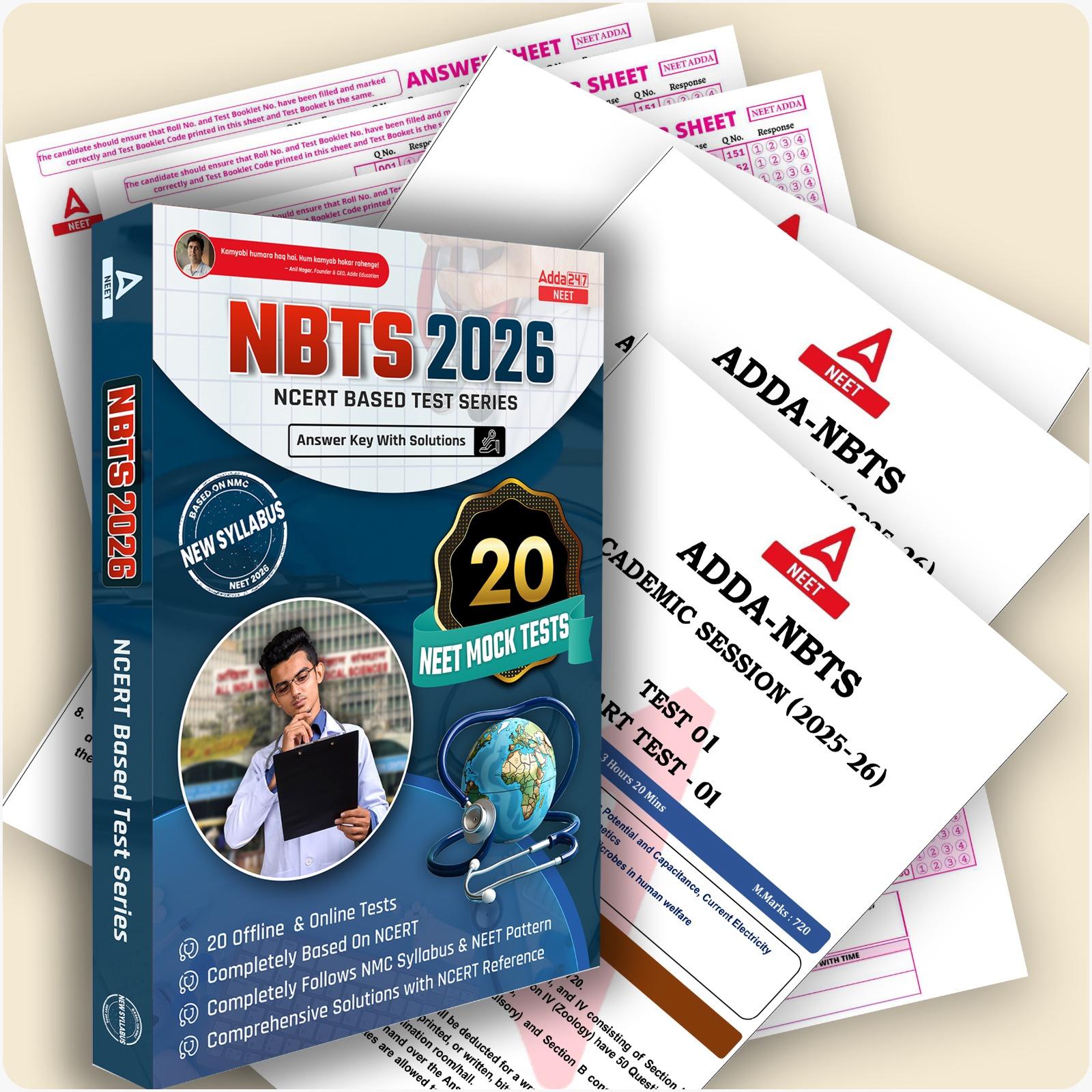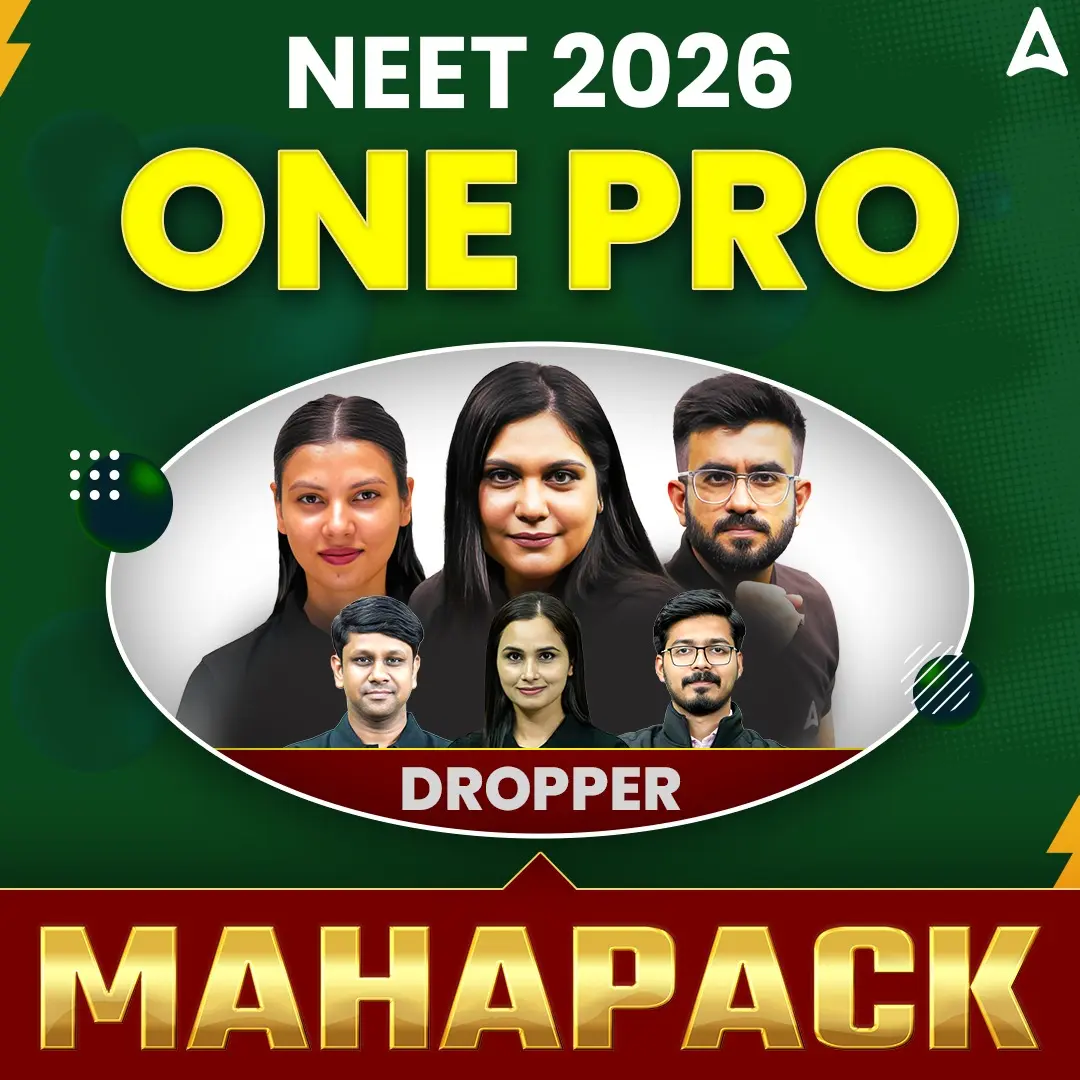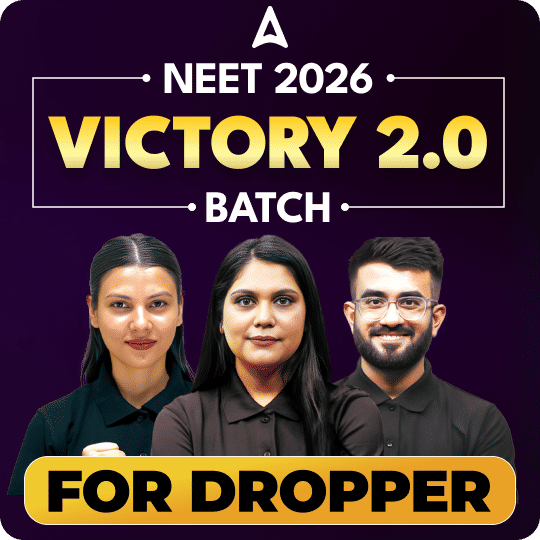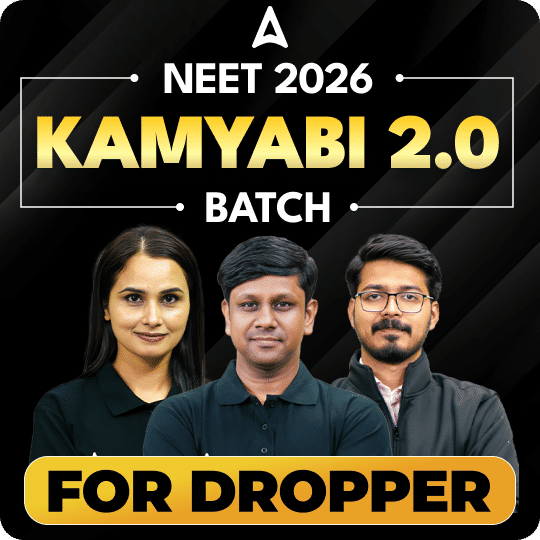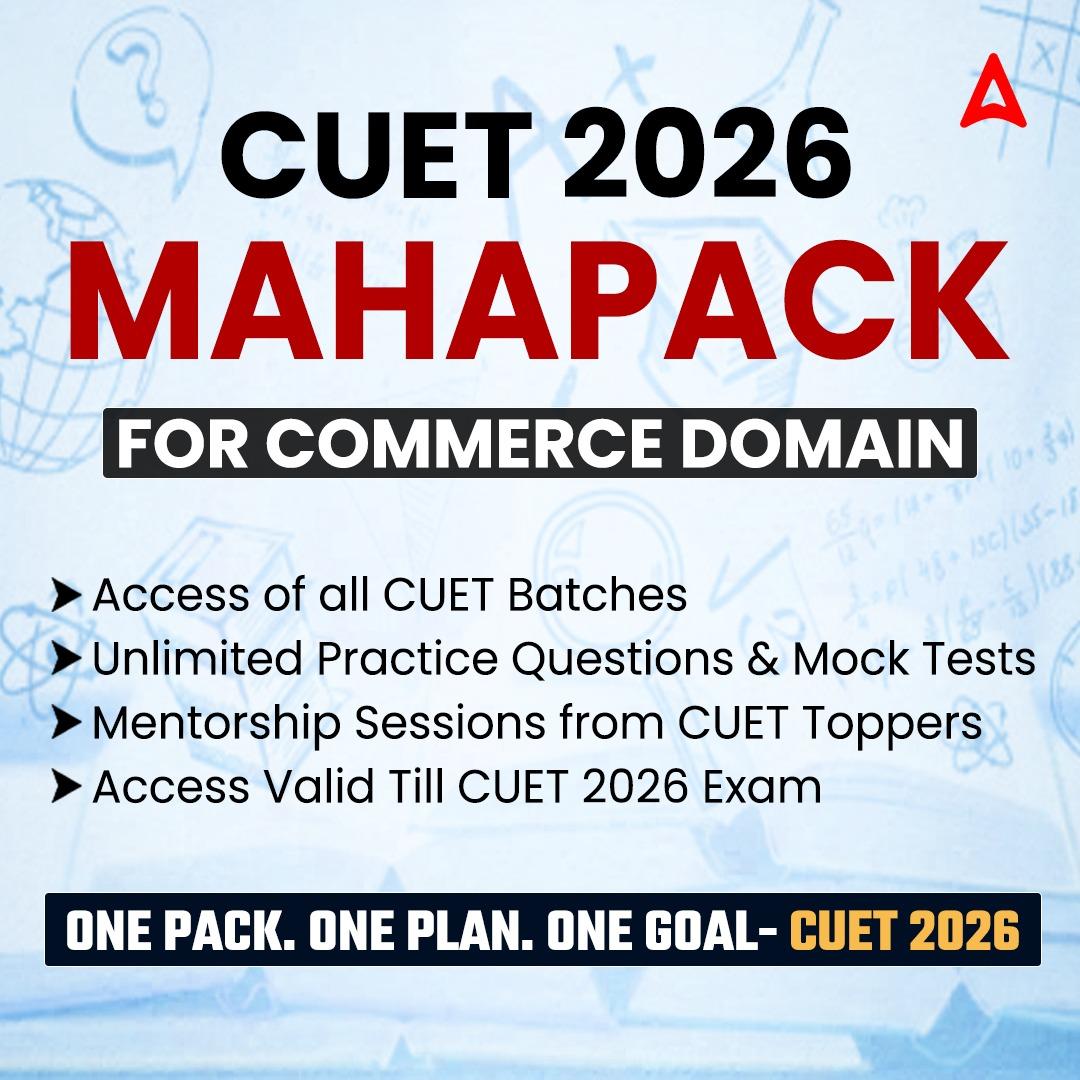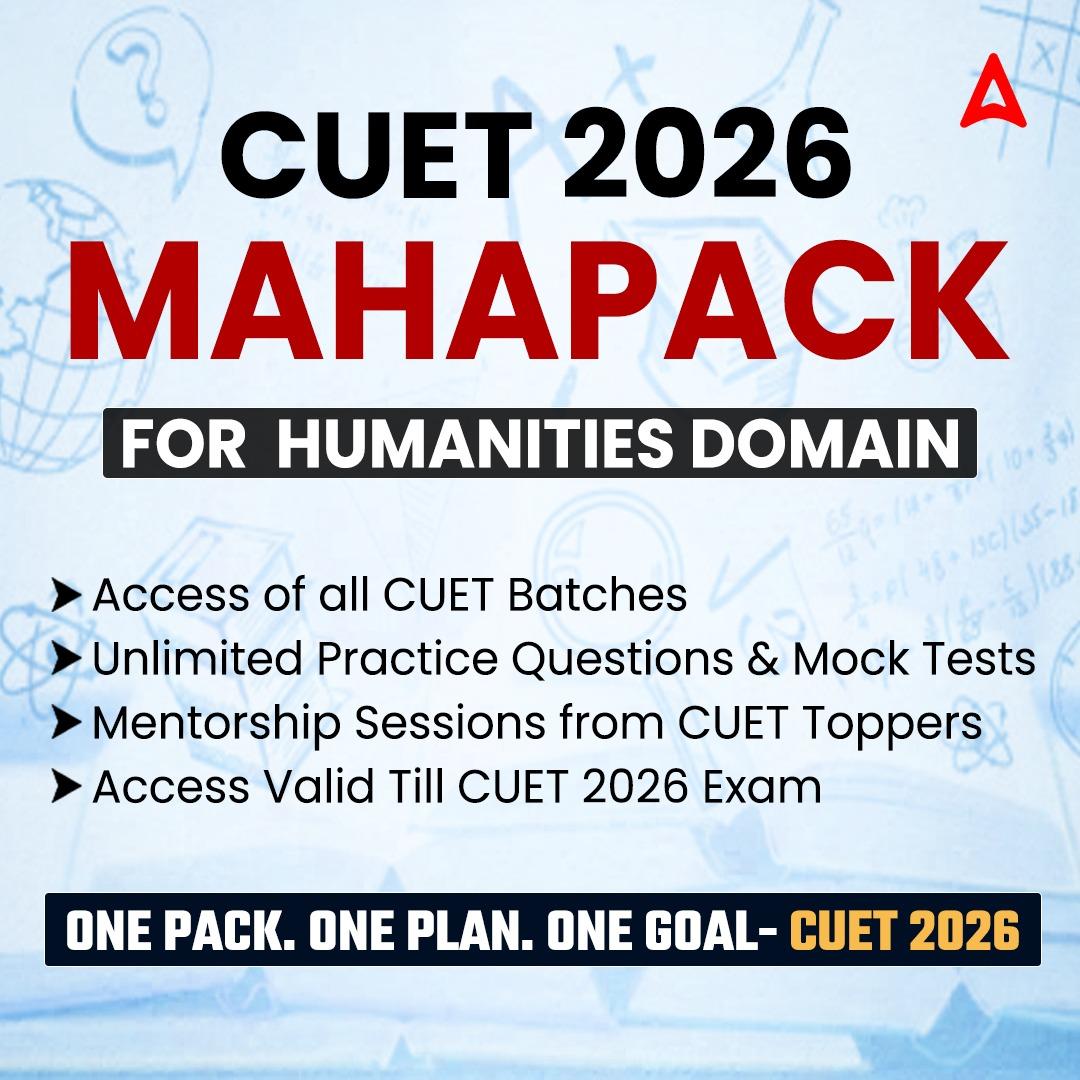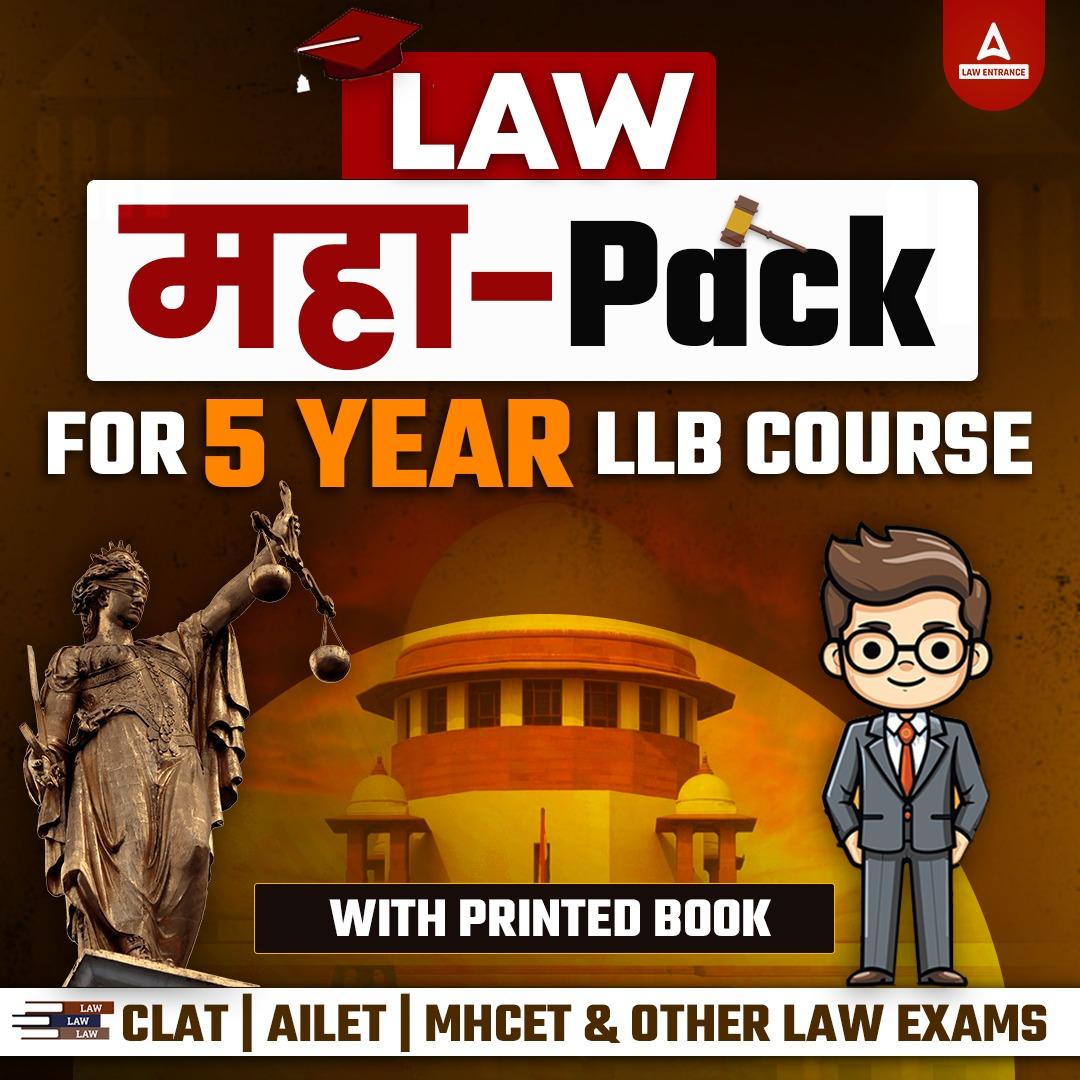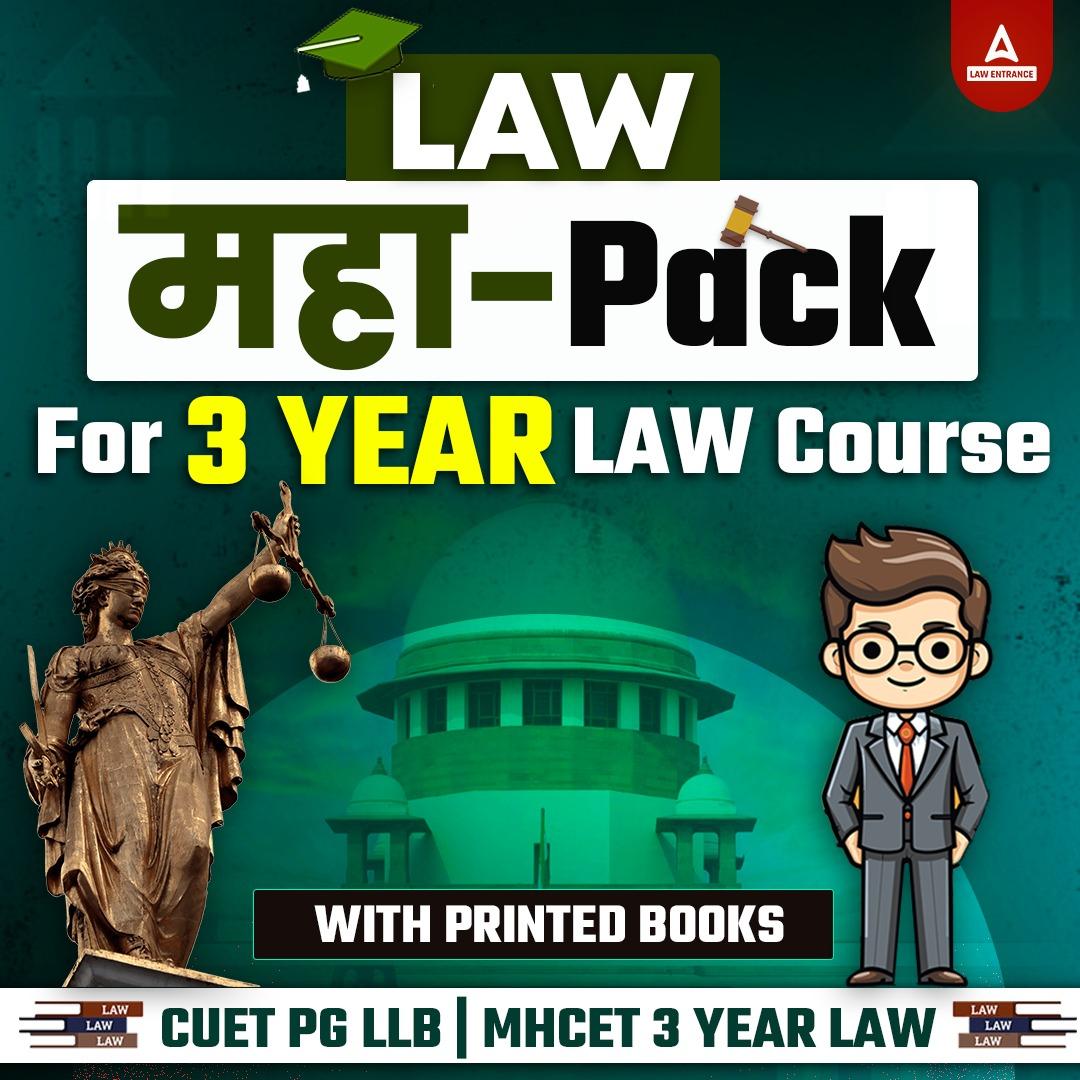To secure a good score in Class 10 Annual Exams, it is crucial to well well-versed with the updated Syllabus. The Central Board of Secondary Education (CBSE) reduced the Class 10 Syllabus in all courses by 30% for the 2022-23 academic session, with the same alterations continuing into the 2023-24 academic session. Knowing the CBSE Class 10 Deleted Syllabus 2024 can help you avoid reading or preparing useless material during your board test preparations. In this article, we shared the subject-wise deleted syllabus for CBSE Class 10 that would be valid for the current academic session (2023-24).
CBSE Class 10 Deleted Syllabus 2024
CBSE Class 10 Deleted Syllabus 2024 assists students will know the names of chapters and topics that are not included in the CBSE Class 10 Syllabus 2023-24. With a clear roadmap of the CBSE Class 10 syllabus, students can more effectively plan their time and prioritize their academics. By reviewing the CBSE Class 10 Deleted Syllabus, students in Class 10 will be able to recognize the names of chapters and topics that are not included in the Syllabus. Students must now study less coursework for CBSE Class 10 Deleted syllabus 2023-24 than in prior years, reducing the burden on students studying for the upcoming board exams.
CBSE Class 10 Deleted Syllabus 2023-24
CBSE implemented significant changes to the CBSE Class 10 syllabus in the academic year 2023-24, decreasing it by 30%. The CBSE Class 10 board test will be focused only on the CBSE syllabus, which has been lowered and rewritten. Students must recall the removed part of the syllabus while referring to old textbooks or prior years’ exam papers to avoid confusion. Knowing the CBSE Class 10 Deleted Syllabus 2023-24 can help you avoid reading or preparing useless material during your board test preparations. Examine the CBSE Class 10 Deleted Syllabus 2023-24 discussed below.
Deleted Syllabus of CBSE Class 10 Maths
To do well in the class 10 Maths exam, pupils must be well-versed in all aspects of the maths syllabus. Number Systems, Algebra, Coordinate Geometry, Geometry, Trigonometry, Mensuration, and Statistics and Probability are the seven units covered in the redesigned CBSE Class 10 Mathematics Syllabus for 2023-24. Number Systems, Algebra, Coordinate Geometry, Geometry, Trigonometry, Mensuration, Statistics, and Probability are the chapters covered.
some chapters and themes were dropped from the class 10 CBSE 2023-24 Maths syllabus such as. Euclid’s division lemma for real numbers Coordinate Geometry- Triangle Area Triangles- Proof of various theorems, Constructions- Deleted Chapter, Trigonometric Identities include complementary angle ratios, surface areas, and volumes.- A cone’s frustum.
CBSE Class 10 Maths Deleted Syllabus 2024 Chapter-wise
Students may also find out the removed topics for the Class 10 Maths chapter-wise from the table given below.
| Chapter | Topics |
| REAL NUMBERS |
Euclid’s division lemma
Decimal representation of rational numbers in terms of terminating/non-terminating recurring decimals. |
| POLYNOMIALS |
Statement and simple problems on division algorithm for polynomials with real coefficients.
|
| PAIR OF LINEAR EQUATIONS IN TWO VARIABLES |
Simple problems on equations reducible to linear equations.
|
| QUADRATIC EQUATIONS | No Deletion |
| ARITHMETIC PROGRESSIONS | No Deletion |
| COORDINATE GEOMETRY |
Area of a triangle
|
| TRIANGLES |
Proofs of the following theorems are deleted:
|
| CIRCLES | No Deletion |
| CONSTRUCTIONS | Full Chapter Deleted |
| INTRODUCTION TO TRIGONOMETRY | No Deletion |
| TRIGONOMETRIC IDENTITIES | Trigonometric ratios of complementary angles |
| HEIGHTS AND DISTANCES | No Deletion |
| AREAS RELATED TO CIRCLES | No Deletion |
| SURFACE AREAS AND VOLUMES |
|
| STATISTICS |
|
| PROBABILITY | No Deletion |
Deleted exercises of CBSE Class 10 Maths Deleted Syllabus 2023-24
Along with the CBSE Class 10 Deleted syllabus 2023-24 for maths, students must wear while doing the exercise quizzes of their NCERT Math books. Check deleted exercises with page No. from the NCERT Class 10 Maths Book in the table below:
| Chapter | Page No. |
Dropped Topics/Chapters
|
| Chapter 1: Real Number | 2–7 15–18 |
1.2 Euclid’s division lemma
1.5 Revisiting rational numbers and their decimal expansions |
| Chapter 2: Polynomials | 33–37 |
2.4 Division algorithm for polynomials
|
| Chapter 3:Pair of Linear Equations in Two Variables | 39–46 57–69 |
3.2 Pair of linear equations in two variables
3.3 Graphical method of solution of a pair of linear equations3. 4.3 Cross-multiplication method 3.5 equation reducible to a pair of linear equations in two variables |
| Chapter 4: Quadratic Equations | 76–88 91–92 |
4.4 Solution of a quadratic equation by completing the squares
|
| Chapter6: Triangles | 141–144 144–154 |
6.5 Areas of similar triangles
6.6 Pythagoras theorem |
| Chapter7: Coordinate Geometry | 168–172 |
7.4 Area of a triangle
|
| Chapter 8: Introduction to Trigonometry | 87–190 193–194 |
8.4 Trigonometric ratios of complementary angles
|
| Chapter 9: Some Applications of Trigonometry | 195–196 205 |
9.1 Introduction
|
| Chapter 11: Construction | 216–222 |
11.1 Introduction
11.2 Division of a line segment 11.3 Construction of tangents to a circle 11.4 Summary |
| Chapter 12: Areas Related to Circles | 223 224–226 231–238 |
12.1 Introduction
12.2 Perimeter and area of acircle- A review 12.4 Areas of combinations of plane figures |
| Chapter 13: Surface Areas and Volumes | 248–252 252–259 |
13.4 Conversion of solid from one shape to another
13.5 Frustum of a cone |
| Chapter 14: Statistics | 289–294 |
14.5 Graphical representation of cumulative frequency distribution
|
| Chapter 15: Probability | 295–296 311–312 |
15.1 Introduction Exercise
15.2 (Optional) |
CBSE Class 10 Deleted Syllabus 2024 English
English is one of the most significant and high-scoring subjects in CBSE class 10. The questions of the English board test are divided into sections. Reading Comprehension, Writing Skills and grammar, and Literature are the sections.
Like other subjects, In English also certain chapters were removed. There were three chapters eliminated from the CBSE class 10 English syllabus. The chapters from the book English First Flight are Hundred Dresses I, Hundred Dresses II, Poem, and Animals.
| Sections | Deleted Topics |
| Grammar |
|
| First Flight (Prose) |
|
| First Flight (Poetry) | Animals |
| Footprints without Feet | The Hack Driver |
CBSE Deleted Syllabus 2024 Class 10 Science
The Central Board of Secondary Education (CBSE) revised the old Class 10 Science Syllabus to make it more informative and to improve students’ learning experiences. According to the CBSE Class, 10 Science Deleted Syllabus, the Periodic classification of elements has been eliminated. Matter – Nature and Behaviour, Organisation in the Living World, Motion, Force, and Work, and Food: Food Production are the chapters included in the CBSE Class, 10 Science New Syllabus. Check out the table below for a list of CBSE Class 10 Science Deleted Syllabus 2023-24 by chapter.
| Chapter Name | Topics Deleted |
| Periodic Classification (Full Chapter Deleted) |
Need for classification, early attempts at classification of elements (Dobereiner’s Triads, Newland’s Law of Octaves, Mendeleev’s Periodic Table), Modern periodic table, gradation in properties, valency, atomic number, metallic and non-metallic properties.
|
| Heredity and Evolution |
Basic concepts of evolution: evolution; evolution and classification and evolution should not be equated with progress
|
| The Human Eye and the Colourful World |
Application of scattering in explaining colour change of the sun at sunrise and sunset
|
| Magnetic Effects of Current |
Electric Motor, Electromagnetic induction. Induced potential difference, Induced current. Fleming’s Right Hand Rule, Electric Generator,
|
| Sources of Energy (Full Chapter Deleted) |
Different forms of energy, conventional and non-conventional sources of energy: Fossil fuels, solar energy; biogas; wind, water and tidal energy; Nuclear energy. Renewable versus non-renewable sources of Energy.
|
| Management of Natural Resources |
Conservation and judicious use of natural resources. Forest and wild life; Coal and Petroleum conservation. Examples of people’s participation for conservation of natural resources. Big dams: advantages and limitations; alternatives, if any. Water harvesting. Sustainability of natural resources.
|
CBSE Deleted Syllabus 2024 Class 10 Social Science
There are four sub-subjects in the Class 10 Social Science Syllabus. Sub-subjects include India in the Contemporary World – II, Contemporary India – II, Democratic Politics – II, and International Relations – II, Understanding Economic Development.
For this academic year, some chapters and topics have been removed from these sub-subjects. Class 10 SST syllabus deletions include Resources and Development-Types of Resources and Box information, Manufacturing Industries textiles, Sugar industry, Iron Steel industry, and Cement industry, Democracy and Diversity, Challenges to Democracy, and so on.
Social Science CBSE Deleted Syllabus 2024 Class 10 -Chapter Wise
Candidates must carefully check the CBSEClass 10 SST Deleted Syllabus 2024 as it has four subjects. Although the topics of both India and the Contemporary World II and Understanding Economic Development remain the same as last year, but there were a huge number of chapters are removed from both the Contemporary India – II and Democratic Politics – II subjects. Check out the Chapter CBSE Class 10 Social Science Deleted Syllabus 2024 given in the below table
| Chapter | Deleted Topics |
| India and the Contemporary World II | No Deletion |
| Contemporary India – II | |
| Chapter – Resources and Development | Types of Resources. |
| Chapter – Forest and Wildlife | Biodiversity or Biological Diversity Flora and Fauna in India Vanishing Forests Asiatic Cheetah: Where did they go? The Himalayan Yew in trouble Project Tiger |
| Chapter – Agriculture | Impact of Globalization on Agriculture |
| Chapter -Manufacturing Industries |
Industry Market Linkage
Cotton Textiles, Jute Textiles, Sugar Industry Iron Steel Industry, Cement Industry |
| Understanding Economic Development | No Deletion |
| Democratic Politics – II | |
| Chapter – Democracy and Diversity | Full Chapter |
| Chapter – Gender, Religion and Caste |
the image on pages 46, 48, and 49 of
NCERT Textbook – Democratic Politics –II
– reprinted edition 2020-2021) |
| Chapter – Popular Struggles and Movements | Full Chapter |
| Chapter – Challenges to Democracy | Full Chapter |
CBSE Deleted Syllabus 2024 Class 10 Hindi
Like Other subjects, there are certain reductions in the Class 10 Syllabus for board Hindi A and B courses. It is very important to read the relevant topics from where the question will be asked in the board exam. In order to ensure that you do not waste time studying irrelevant content and that you are on the right track while preparing for your annual board exam for CBSE Class 10 Hindi, we have mentioned the deleted chapters/topics for both CBSE Class 10 Hindi Course A and Course B below.
Deleted Topics of CBSE Class 10 Hindi Course A
For CBSE Class 10 Hindi A, chapters from the textbooks Kshitij Part-II and Kritika Part-II have been removed by CBSE. Prose and poetry elements of the Kshitij book have been deleted, and two chapters from Kritika have also not been included in the present scoring scheme. Look below for the names of the chapters that have been deleted:
| CBSE Hindi A Deleted Syllabus -Chepter wise | |
| क्षितिज, भाग – 2 (काव्य खंड) | • देव- सवैया, कवित्त (पूरा पाठ) • गिरिजाकुमार माथुर – छाया मत छूना (पूरा पाठ) • ऋतुराज – कन्यादान (पूरा पाठ) |
| क्षितिज, भाग – 2 (गद्य खंड) | • महावीरप्रसाद द्विवेदी – स्त्री-शिक्षा के विरोधी कुतर्कों का खंडन (पूरा पाठ) • सर्वेश्वर दयाल सक्सेना- मानवीय करुणा की दिव्य चमक (पूरा पाठ) |
| कृतिका, भाग – 2 | • एही तैयाँ झुलनी हेरानी हो रामा! (पूरा पाठ) • जार्ज पंचम की नाक (पूरा पाठ) |
Deleted Topics of CBSE Class 10 Hindi Course B
In Hindi B, deletion has been performed in the Sparsh Part-II textbook only. This textbook has three chapters completely removed while chepters of Sanchayan Part-II, however, remain unchanged. The names of the chapters that have been removed are shown below:
| CBSE Hindi B Deleted Syllabus -Chepter wise | |
| पाठ्य पुस्तक स्पर्श, भाग-2 | • बिहारी-दोहे (पूरा पाठ) • महादेवी वर्मा – मधुर-मधुर मेरे दीपक जल (पूरा पाठ) • अंतोन चेखव – गिरगिट ( पूरा पाठ) |
| पूरक पुस्तक संचयन, भाग-2 | पुस्तक में कोई परिवर्तन नहीं। कोई भी पाठ नहीं हटाया गया है। |

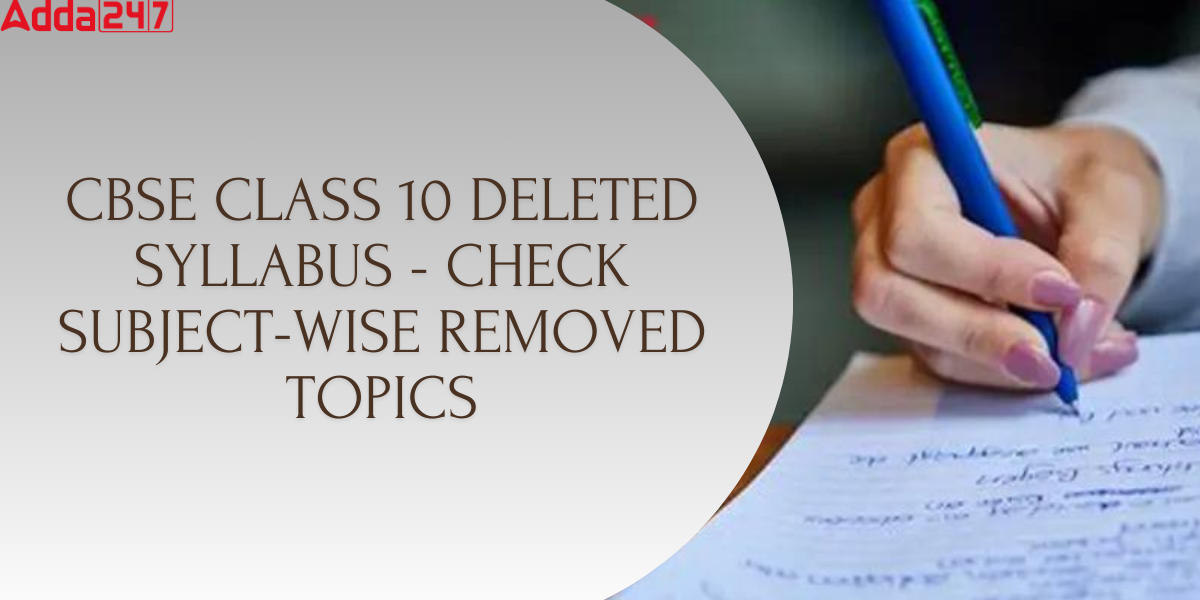

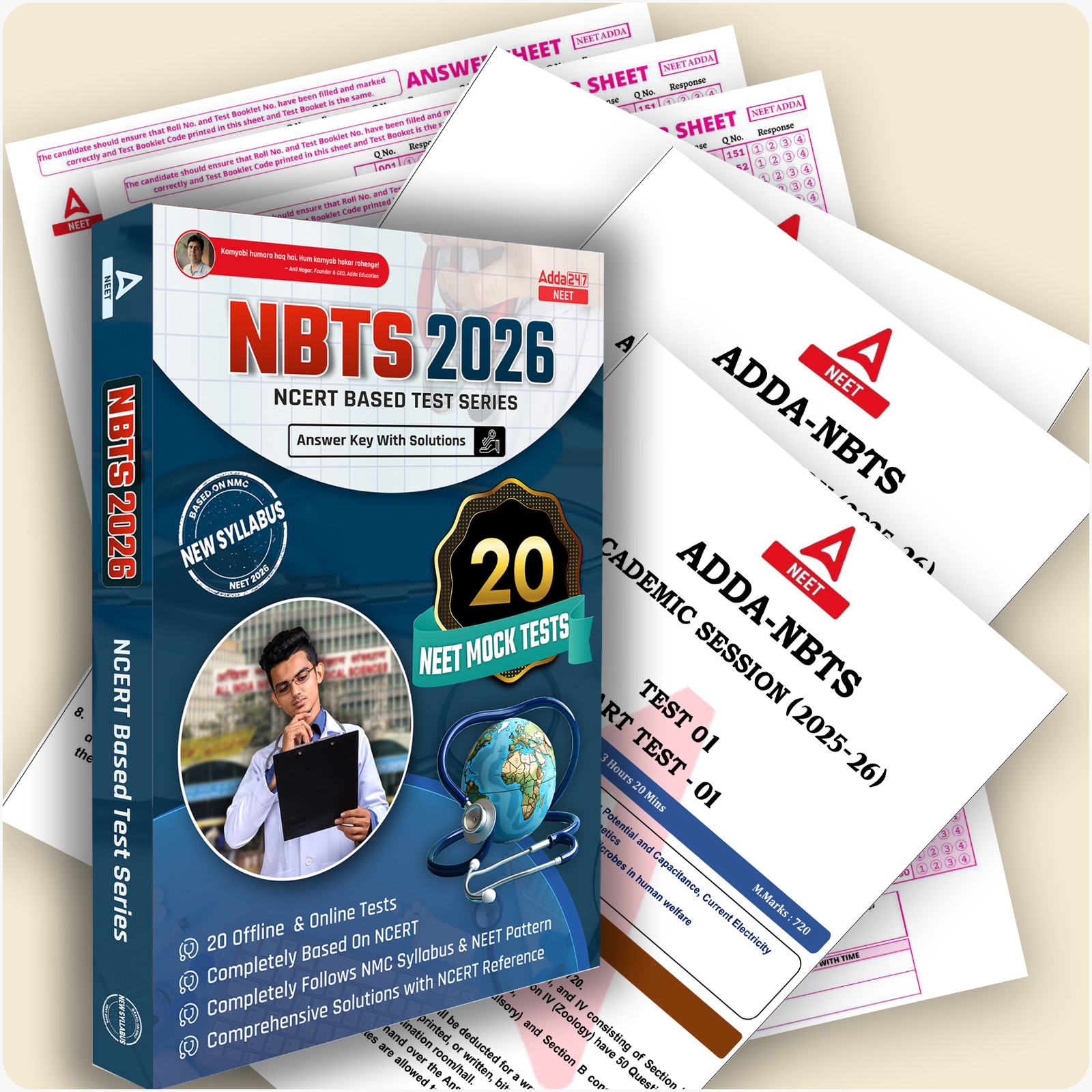





 CUET General Test Syllabus 2026 (Latest)...
CUET General Test Syllabus 2026 (Latest)...
 CUET Chemistry Syllabus 2026, Download O...
CUET Chemistry Syllabus 2026, Download O...
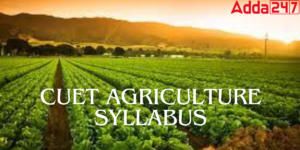 CUET Agriculture Syllabus 2026, Exam Pat...
CUET Agriculture Syllabus 2026, Exam Pat...
